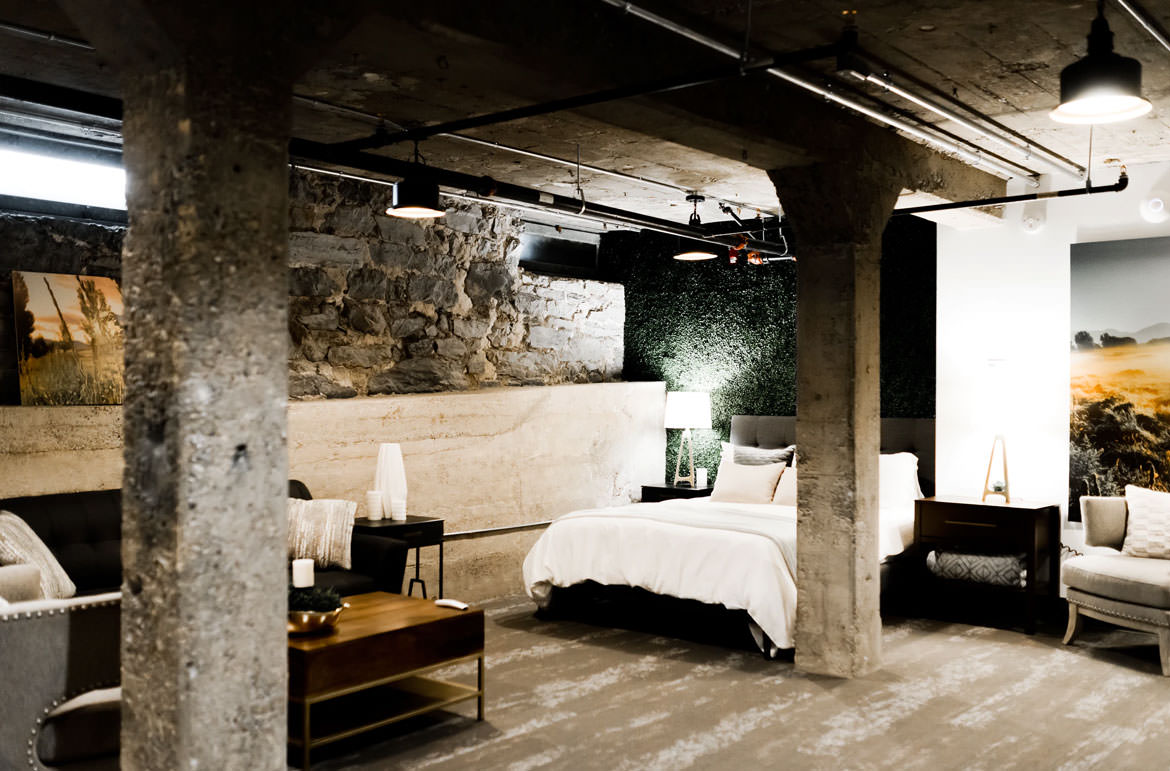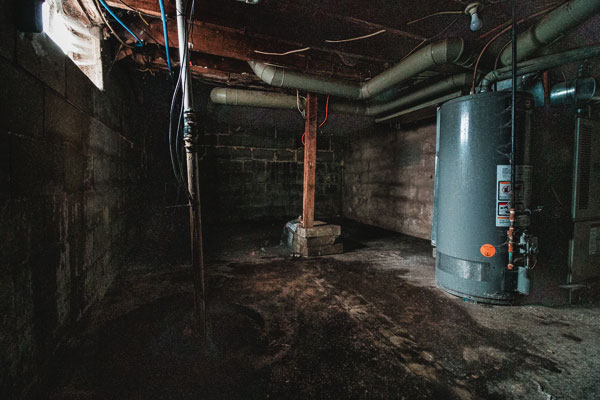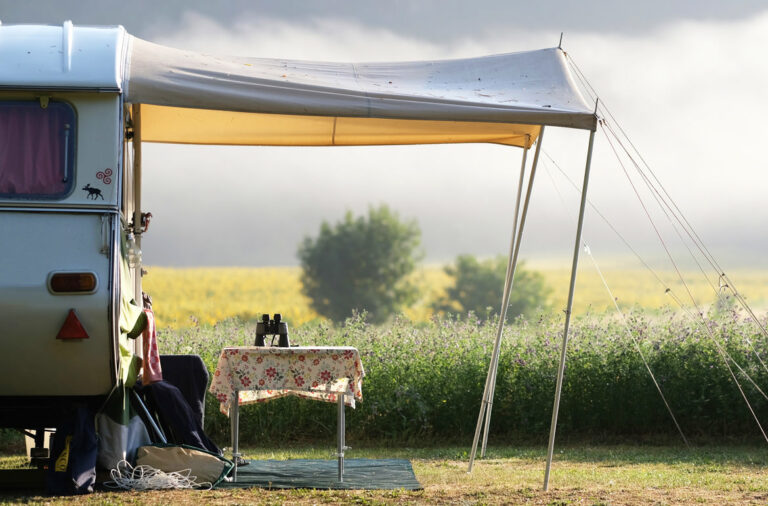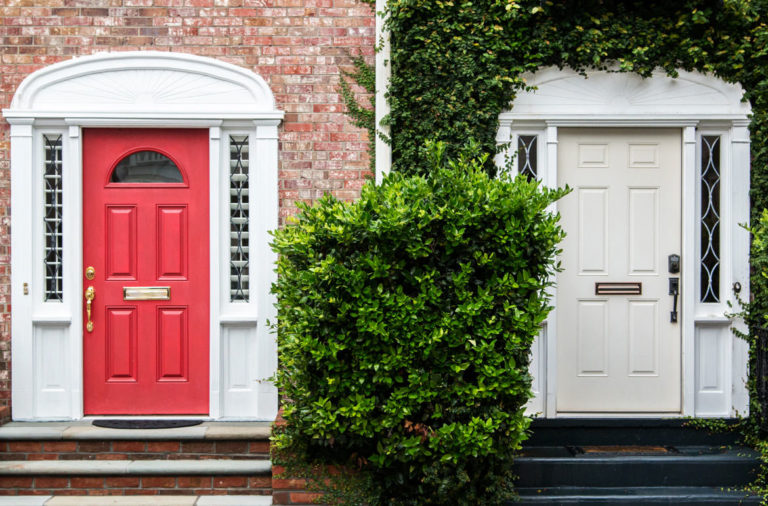
If planning to build a granny flat, you need to have some space. So, you may have wondered – Can you build a granny flat under your house?
Yes, if you meet all your local Councils’ requirements. A granny flat under your main home would then be considered a secondary dwelling. And will be approved if you follow council’s regulations.
Today I will provide you with the regulations for building a granny flat under your house. This includes ceiling height requirements, and all other rules you must pass for certification.
DON'T PAY A FORTUNE FOR YOUR GRANNY FLAT. Find out how to deal with council and build a granny flat for the lowest cost possible. Learn More.
I will discuss the pitfalls to avoid including a required engineers’ certificates.
Finally, I will discuss how best to insulate from any noise above and how to best set out your ‘under house’ granny flat.
List of Rules to Build a Granny Flat Under Your House
So, you’ve wanted to build a granny flat, but the space you have available around your main home isn’t enough.
This might sound tricky, but plenty of people have built a granny flat under their house. You just need to meet your local Councils’ requirements for it to be considered an “extension” of your property.

Building under your house can pose some challenges listed below
Working with what you’ve got by digging under is a great idea, but before you begin the project there is a little research that needs to be done.
Do Your Research & Gain Approval
First, it’s important to find out the regulations regarding approval for granny flats in your area. Then, prior to building, you must gain the necessary approval. Exactly how this is done can be seen in my article about council’s approval process for granny flats.
As this is a more complex build than a traditional granny flat, it will help to enlist the assistance of professionals, specifically an engineer.
Begin Excavating
Excavation will need to take place before you can start building. Work with your land – for example, if your block slopes there is potential for an area that can be excavated.
Start Renovating
You can now start building your underground granny flat in line with your Councils’ regulations.
This can be a just like a typical granny flat, with a:
- Master bedroom with an ensuite (if you have room)
- Living area
- Kitchen (if required by your Council)
- Bathroom & laundry (Laundry is not necessarily required if the occupants can use those upstairs).
Most importantly, maximise the use of natural light to make the granny flat a spacious, well-lit area. For suggestions, see my article about contemporary granny flats and how they maximise the outdoors. For a lot less that you might think.
Get the Final Tick of Approval
Prior to using your new granny flat, you need to get an “Occupation Certificate” from a certifier. This states your extension is safe for habitation.
Ceiling Height Requirements and Other Rules to Pass for Certification
The ceiling height requirements for a granny flat are:
- A minimum of 2.4m for a habitable room, EXCEPT FOR
- A kitchen, laundry, hallway/corridor, which can be a minimum of 2.1m.
Other rules that you must pass for certification depend on the exact regulations of your local Council. I suggest you contact them directly for advice by calling them and asking to speak to their Planning Department.
You will also have to comply with the standards of the Building Code of Australia.
Pitfalls to Avoid When Building a Granny Flat Under Your House
Building a granny flat under your house can be expensive, sometimes as much as $500 000+.
Things to factor in that are costly but necessary are below.
None of these are “extras”, they are required under the Building Code of Australia.
However, there are ways you can avoid “pitfalls” and the additional costs that come with them, which I have also listed.
Excavation – This can cost an extra $30 000+. Can take over a week and roughly 80sqm of dirt can be removed. Consider your soil-type, as this can affect the price. For example, dry, sandy soil is difficult to work with, requiring more work.
Be sure to confirm with an excavator who will be taking away the excess earth (dirt) as this can cost a small fortune to remove.
The soil falls back in whilst being dug out, making:
- The excavation larger, and
- It frequently needing to be injected with grout so adjoining structures are not weakened.
Consider hiring extra machinery to speed up the process. While more machinery costs more, the availability of small excavators can speed up the renovation, saving time and reducing labour costs.
A small digger with an operator can cost roughly $300 – $600 each day.
I was once quoted $12,000 to dig a section 10m x 2m to allow room for footings of a retaining wall. Hence the reason to shop around for quotes if you decide to leave all the work to one excavation company.
It’s usually necessary to hire a small dump truck as well, which can be an additional $200 – $300 per day.
There can be unforeseen problems that will slow down work, increasing costs (i.e. large tree roots, pipes and electrical cable).
Reuse the dirt on site if you can – avoiding the costs of dirt removal, which can double the costs of excavation. If you can find ways to use the fill, it will save you a lot.
Rubbish removal – Rubbish removal costs in general are often forgotten about when planning a build.
However, they can add up quickly. So, reuse whatever materials you can on site.
Supporting structure – It’s not just the hole that needs digging.
The house plans must be altered from the slab, and new supporting structures need to be put in place. Retaining walls to hold the dirt back on the side of your granny flat need to be built.
It’s a massive job.
You could spend roughly $7 000+ on support work before excavation can even begin.
A typical example of when propping your house gets difficult is:
- An old sewer pipe runs directly underneath where your new footings must be placed. Your existing support structure may need to be removed and replaced with a new concrete slab.
Waterproofing – Besides structural work, one of the most important things to do is create a watertight space.
Without the combination of sound footings and a waterproofed foundation, a building will quickly deteriorate. So, this part of the process needs careful planning, to make sure your granny flat is properly sealed and stays dry.
The consequences of underground water leaks can result in damage to finishes and furnishings, lost money and wasted time. The waterproofing method used needs to last the expected lifetime of the building, preventing water and moisture from moving through the wall.
In Australia, being a largely clay based continent. There are a lot of issues with rising damp as water tends to take a while to drain away. Especially in many places of Sydney.
Gather at least 3 quotes from qualified waterproofers. It could cost you, on average, 1.8% of the construction cost. Depending on the surface area that will be worked upon.
Draining – You must have adequate drainage, around and behind the retained walls.
Traditional plumbing relies on gravity for the water waste to flow downhill to your main sewer line. An exterior drainage system will create a permanent water flow away from the footings and foundations.
This is to control water away from the bottom of the foundation, preventing it from accumulating against the foundation. A good drainage system will assist with ensuring the waterproofing method used lasts.
Sump pump – That is, a product that pumps the water uphill to the sewerage line.
A backup battery-operated sump pump is recommended to prevent flooding during a power outage.
Adequate natural lighting and ventilation – Getting enough natural light and ventilation under the house can be difficult.
So, there are more costs to create this – even the extra lighting will increase your electricity bill. Ventilation is a regulation, so ensure you factor a heating and ventilation system into your design. Sufficient ventilation will assist with guaranteeing the waterproofing method used lasts a lifetime.
Engineers Certificates Required for Building Under a House
When excavating underneath a house, typically engineering work is necessary to provide sufficient support. This is to ensure that you are building your granny flat to the Building Codes of Australia (BCA) standards.
A certified Engineer will provide you with:
- Professional Engineering Drawings and
- An Engineer Design Certificate.
- Elevations – Elevations of your building to show placement of all windows and doors, roof slope, and external material used.
- Bases, Flooring & Frames – These components and building specifications, to ensure it’s structurally safe.
- Footings & Placement of Footings – All footing specifications required.
All professional engineering drawings must include a Design Certificate, signed by a Certified Engineer and showing:
- Your address
- The Local Council where granny flat will be installed
- All the Australian standards your granny flat comes under.
How to Insulate Your Granny Flat from Noise:
Block the noise with barriers. Use acoustic batt insulation in the walls and between the floors to separate the dwellings. This can reduce noise and absorb up to 75% of sound vibrations. Double-glazing windows is also an option for soundproofing, but this can be expensive.
How to Create Privacy for the “Lower” Granny Flat (Under the House)
If you have room, build a “walkout”. That is, its own exit outdoors. This can go directly onto a deck from the living area (yes, even under the house). This works well on houses built on a slope and makes the granny flat independent.
Conclusion
‘Under the house’ granny flats are becoming more popular. A lot of homes have under-utilised space there with potential.
If you meet your local Councils’ requirements, it can be considered an extension of your main home. Although it can be costly, (up to $500 000+). It is a way of gaining approval for those don’t have the necessary space around the main home.
Contact your local Council for their regulations and gain approval with the help of an engineer, then start digging!












